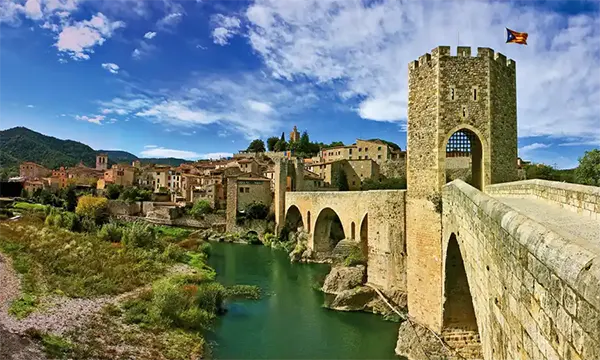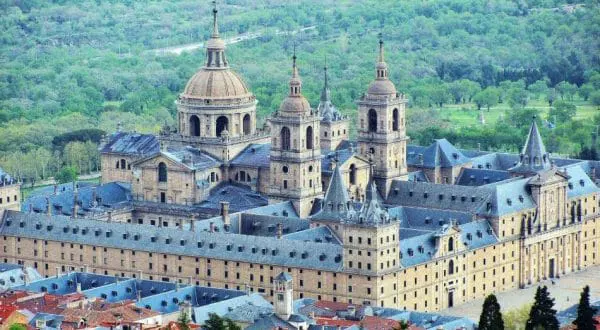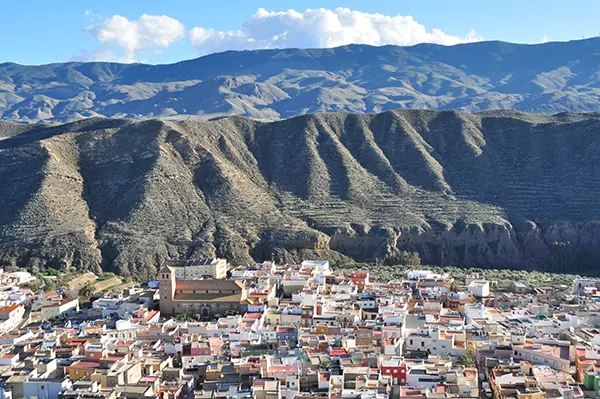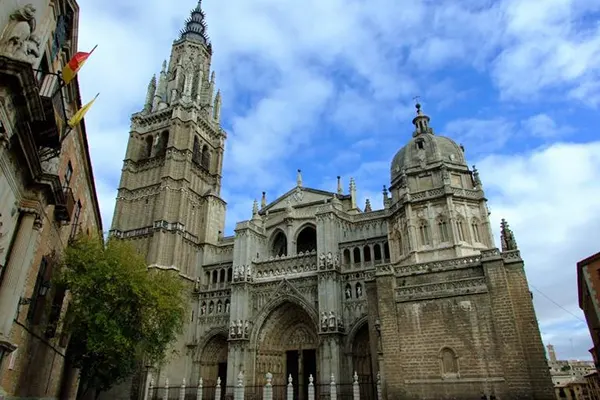Festivities on the Balearic Islands: Music, Dance, and Colourful Costumes
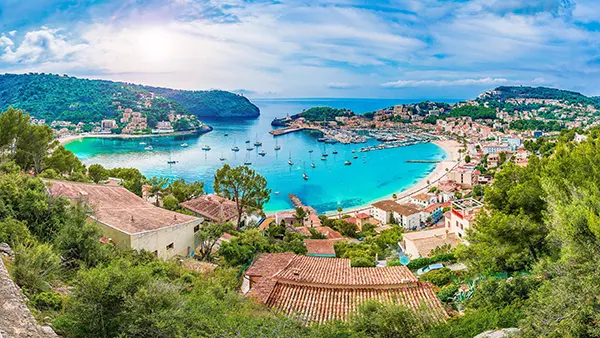
The Balearic Islands, located in the Mediterranean Sea, are renowned for their vibrant and colourful celebrations. Each year, the archipelago becomes a focal point of traditional fiestas, where music, dance, and elaborate costumes play a significant role. From Mallorca to Ibiza, Menorca to Formentera, these festivals showcase the rich cultural heritage of the islands. Let’s delve into the captivating world of Balearic festivities.
The Heartbeat of the Islands: Music and Dance
Music and dance are at the core of every Balearic festivity. Traditional melodies echo through the streets as locals and visitors come together to celebrate. One of the most iconic dances is the “Ball de Bot,” a folk dance that originated in Mallorca. Accompanied by traditional instruments such as the xeremia, tambor, and flabiol, dancers perform in colourful attire, creating a spectacle of rhythm and unity.
In Menorca, the famous “Jaleo” takes centre stage during the island’s patron saint festivals. Horses and riders, adorned in traditional outfits, gracefully prance to the beat of live music. The energy is palpable as crowds cheer, creating an unforgettable experience.
Ibiza and Formentera, known for their modern music scenes, also honour their roots during local celebrations. Folk songs and traditional dances intertwine with modern beats, reflecting the islands’ dynamic cultural blend.
Costumes that Tell Stories
Traditional costumes are a vital part of Balearic fiestas. Each island has its unique style, reflecting its history and influences. In Mallorca, women wear long, flowing skirts and white blouses, often accompanied by bright shawls. Men typically don white shirts and dark trousers, completing the look with a sash and hat.
Menorca’s celebrations feature unique equestrian outfits for the riders, symbolising their historical connection to the noble class. The horses, too, are elegantly dressed, enhancing the festive atmosphere.
In contrast, Ibiza and Formentera highlight a more rustic charm in their attire, with simple yet elegantly crafted garments that speak of the islands’ agricultural past. These costumes are cherished and often passed down through generations, preserving the essence of tradition.
Seasonal Celebrations: The Calendar of Joy
The Balearic Islands’ festive calendar is packed with diverse events. One of the most celebrated is “Sant Antoni,” held in January, marking the patron saint of animals. Locals parade through the streets with their pets, accompanied by folk music and traditional dances.
In February, the “Carnaval” festivities sweep across the islands, featuring grand parades, colourful costumes, and live performances. Each town and village adds its unique twist, creating a kaleidoscope of cultural expression.
Summer brings the “Festes de Sant Joan” in Menorca, where the island becomes a stage for horse-riding displays, folk dances, and pyrotechnic shows. As autumn arrives, Mallorca’s “Fira de la Tardor” showcases the island’s agricultural heritage, combining festive spirit with local traditions.
Modern Twists to Age-Old Traditions
While deeply rooted in tradition, the Balearic festivals are not immune to modern influences. In Ibiza, electronic music events sometimes blend with traditional celebrations, creating a unique fusion of old and new. Tourists and locals alike are drawn to this contemporary interpretation of heritage.
In recent years, festivals have also embraced inclusivity, inviting diverse communities to share in the joy. This progressive approach reflects the evolving identity of the islands while respecting their historical essence.
Local councils work tirelessly to preserve the authenticity of these events while adapting to modern tastes. This balance ensures that both tradition and innovation coexist harmoniously on the islands.
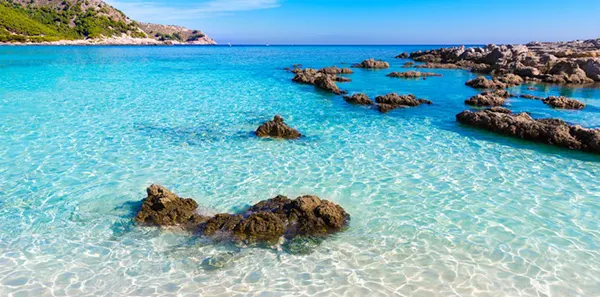
Bringing Communities Together
The heart of Balearic festivals lies in their ability to unite people. Whether it’s locals reconnecting with their heritage or visitors experiencing the vibrant culture for the first time, the spirit of togetherness is ever-present.
Community involvement is encouraged, with workshops on traditional dance and craft-making held throughout the year. These initiatives not only preserve cultural practices but also foster a sense of belonging.
The celebrations are more than just visual spectacles; they are a celebration of identity, pride, and continuity. The Balearic Islands continue to cherish their traditions while embracing modernity, ensuring that their festive spirit remains alive for future generations.
The Future of Festivities
Looking ahead, the Balearic Islands are committed to maintaining the authenticity of their cultural heritage. As tourism grows, local organisations strive to ensure that these events remain genuine, avoiding commercialisation.
Efforts to document and digitally preserve traditional dances and music are ongoing, aiming to safeguard these invaluable cultural assets. Educational programmes in schools also emphasise the importance of maintaining cultural continuity.
Ultimately, the Balearic festivities serve as a bridge between the past and the present, preserving the essence of community while welcoming the world to join in the celebration.

